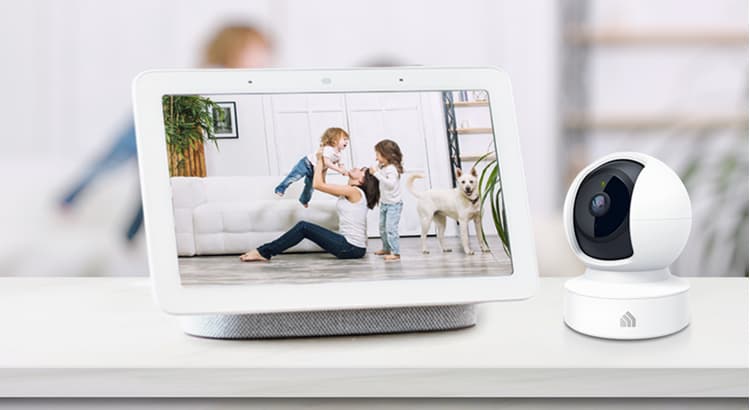In today’s digitally connected world, indoor cameras have become essential tools for home security and surveillance.
However, there is a common misconception that indoor cameras require Wi-Fi connectivity to function effectively.
In this article, we delve into this topic to debunk the myth and explore the role of Wi-Fi in indoor camera systems.
Understanding Indoor Cameras
Indoor cameras, also known as security cameras or surveillance cameras, are designed to monitor indoor spaces such as homes, offices, and businesses. These cameras come in various types, including wired and wireless models, each offering distinct features and functionalities. While Wi-Fi connectivity is prevalent in modern indoor cameras, it is not necessarily a requirement for their operation.
Wired vs. Wireless Indoor Cameras
1. Wired Cameras: Traditional wired indoor cameras are connected to a power source and a recording device via physical cables. These cameras do not rely on Wi-Fi for data transmission and are suitable for environments where Wi-Fi connectivity is limited or unavailable.
2. Wireless Cameras: Wireless indoor cameras, on the other hand, rely on Wi-Fi connectivity to transmit video footage and receive commands from users. These cameras offer greater flexibility in terms of installation and placement but require a stable Wi-Fi connection to function properly.
Wi-Fi-Dependent Features
While indoor cameras can operate without Wi-Fi connectivity, certain advanced features and functionalities may be dependent on a Wi-Fi connection. These include:
1. Remote Access: Wi-Fi-enabled indoor cameras allow users to remotely access live video feeds and recordings via a smartphone app or web interface. Without Wi-Fi, users may be limited to local viewing options only.
2. Cloud Storage: Many indoor cameras offer cloud storage services for storing video footage remotely. Wi-Fi connectivity is essential for uploading recorded footage to the cloud and accessing it from anywhere with an internet connection.
3. Smart Home Integration: Wi-Fi-enabled indoor cameras often integrate with smart home systems and voice assistants, allowing users to control camera settings and view live feeds using voice commands or smart home apps.
Considerations for Wi-Fi-Free Operation
Despite the benefits of Wi-Fi connectivity, there are situations where Wi-Fi-free operation may be preferred or necessary. For example:
1. Privacy Concerns: Some users may prefer wired indoor cameras to mitigate the risk of unauthorized access to their Wi-Fi network and safeguard their privacy.
2. Remote Locations: In remote or off-grid locations where Wi-Fi connectivity is unavailable, wired indoor cameras offer a reliable surveillance solution without relying on internet access.
Conclusion
In conclusion, while Wi-Fi connectivity offers convenience and additional features for indoor cameras, it is not a strict requirement for their operation.
Wired indoor cameras provide a viable alternative for users seeking reliable surveillance solutions without relying on Wi-Fi.
Ultimately, the choice between Wi-Fi-enabled and Wi-Fi-free indoor cameras depends on individual preferences, privacy concerns, and specific application requirements.





